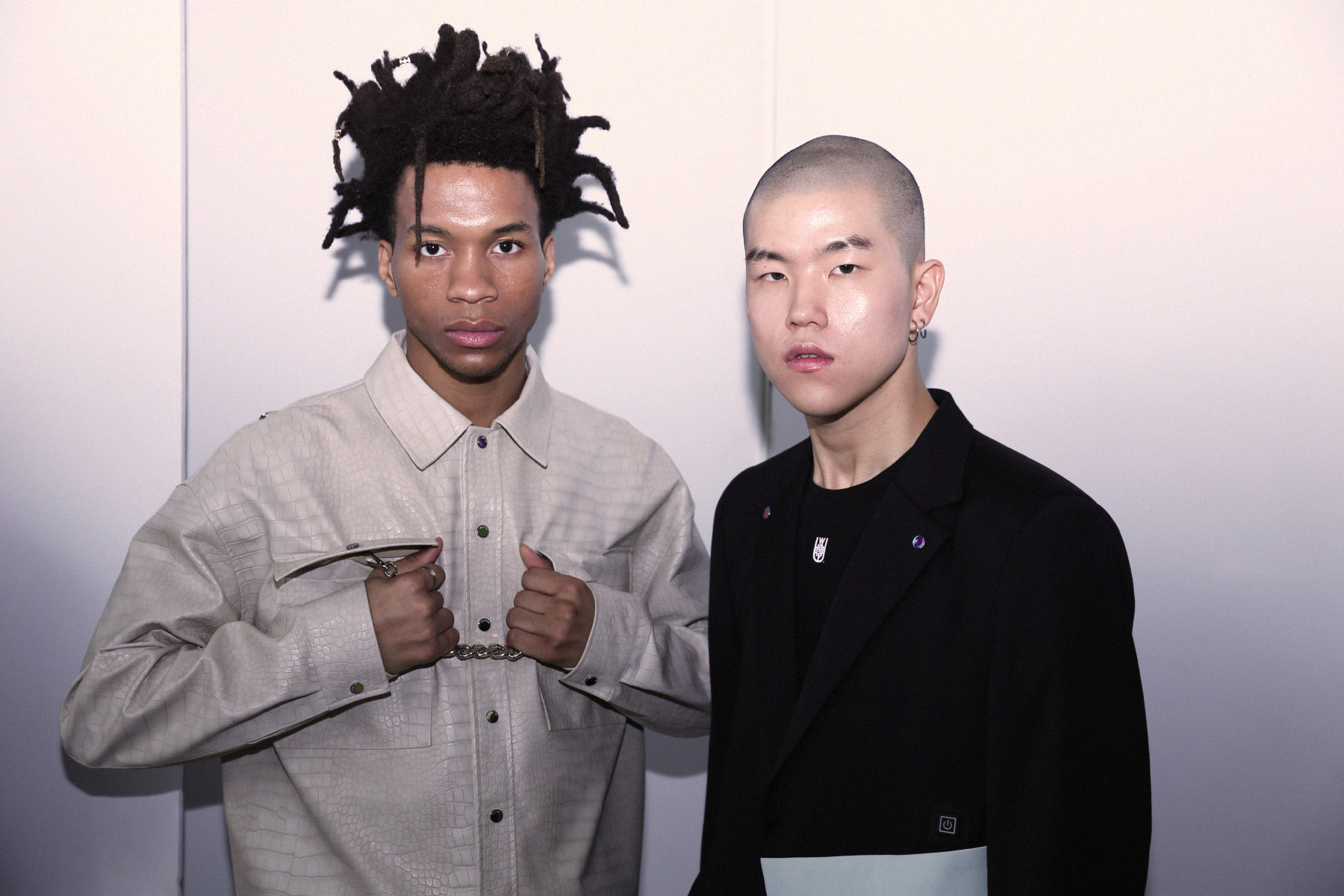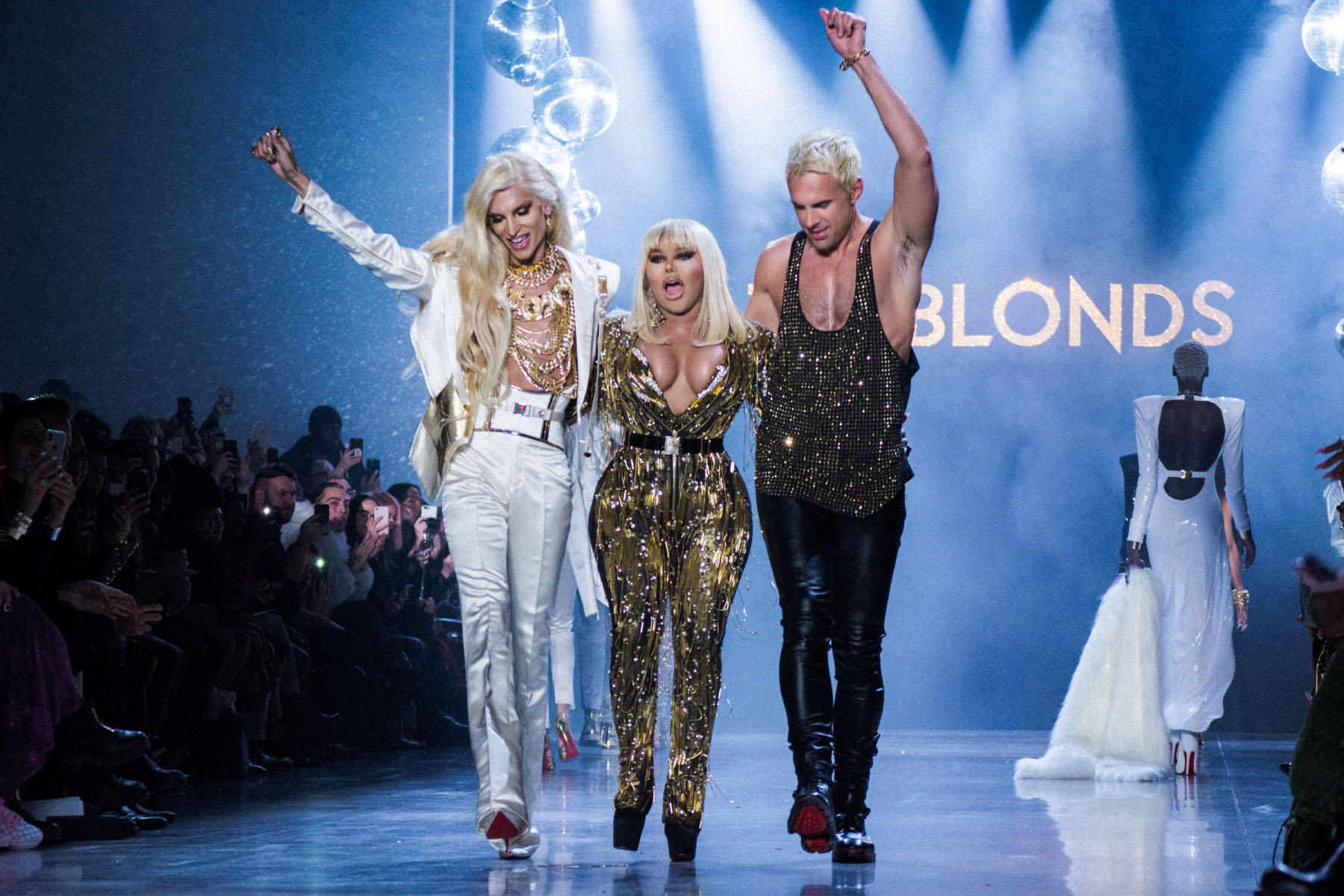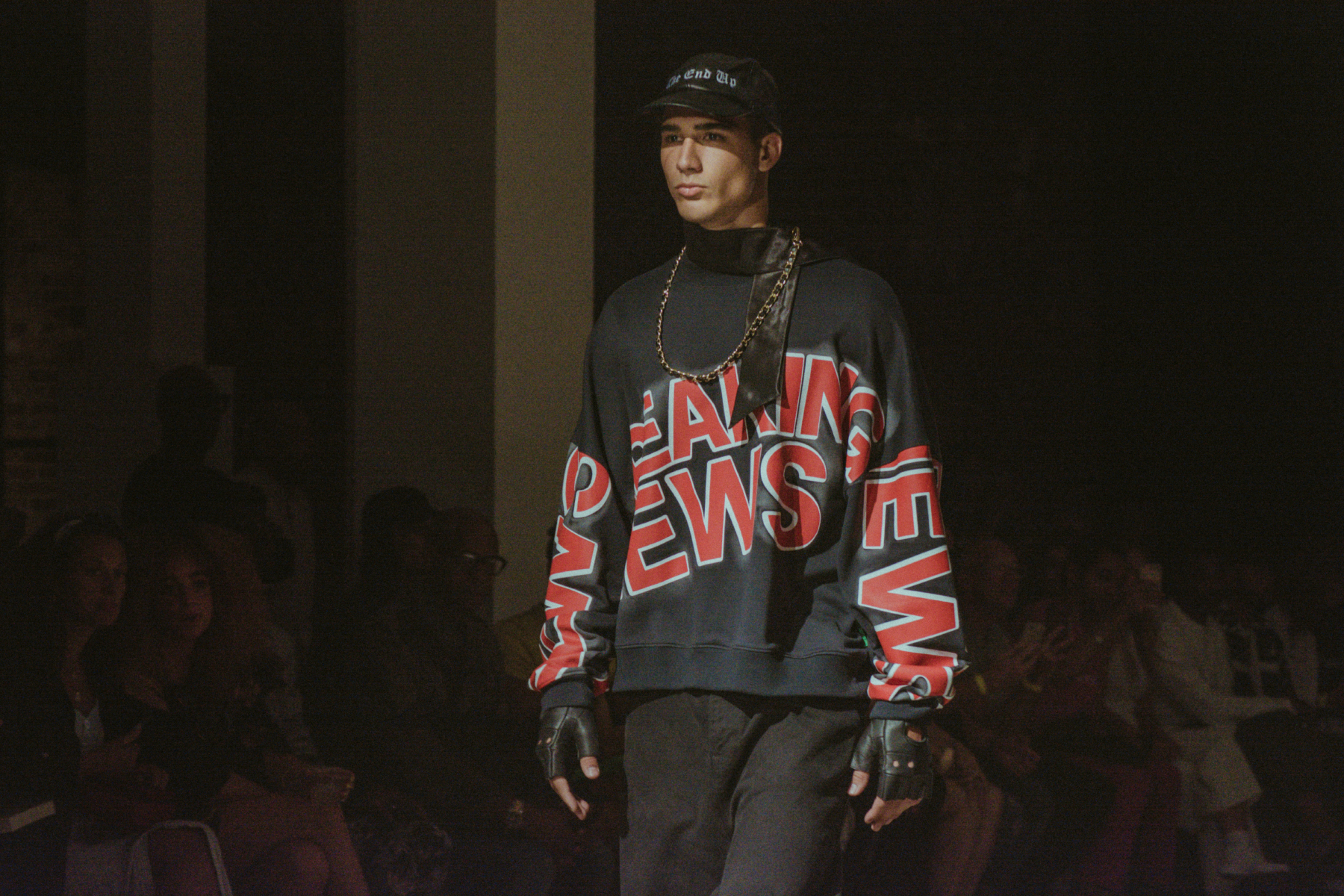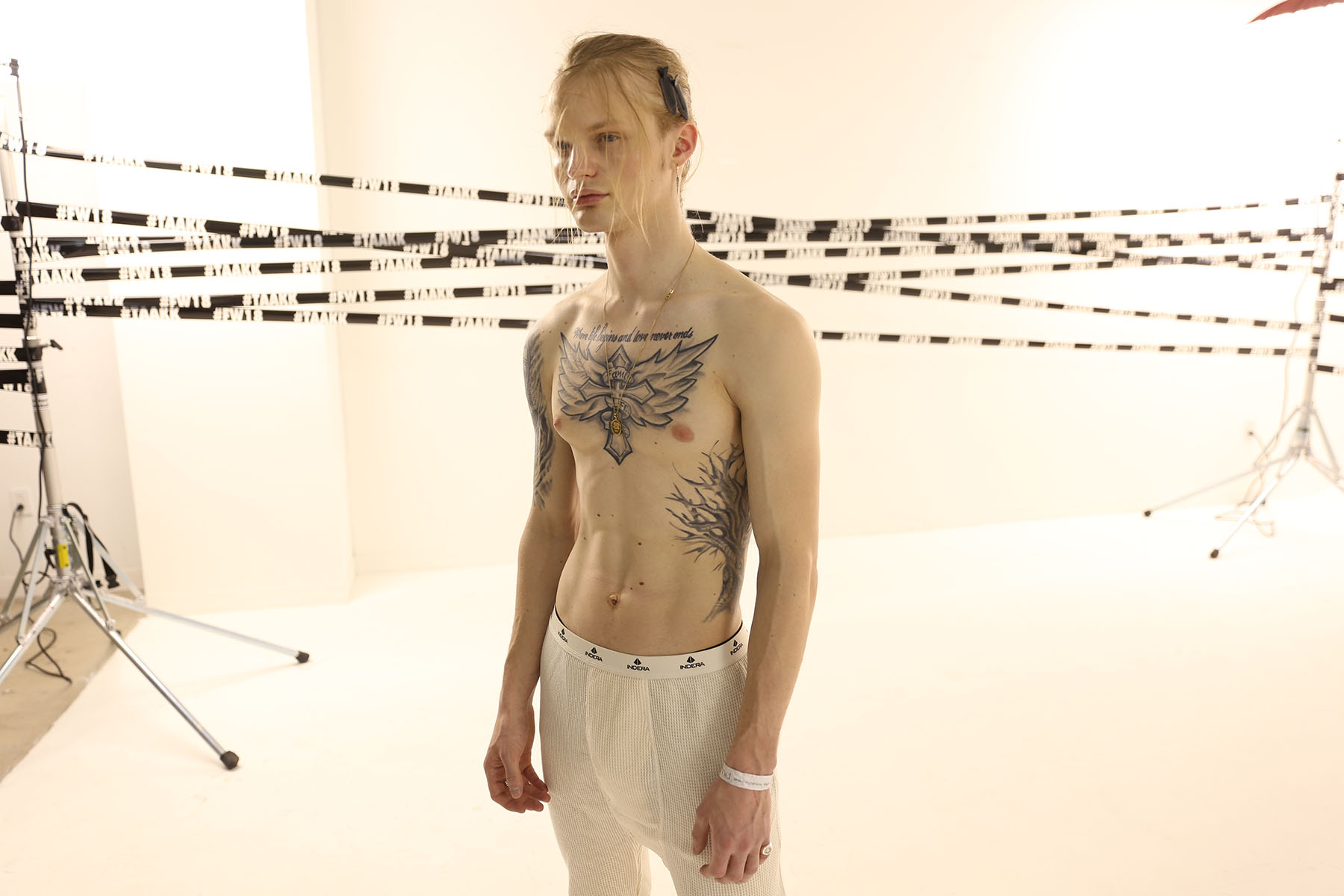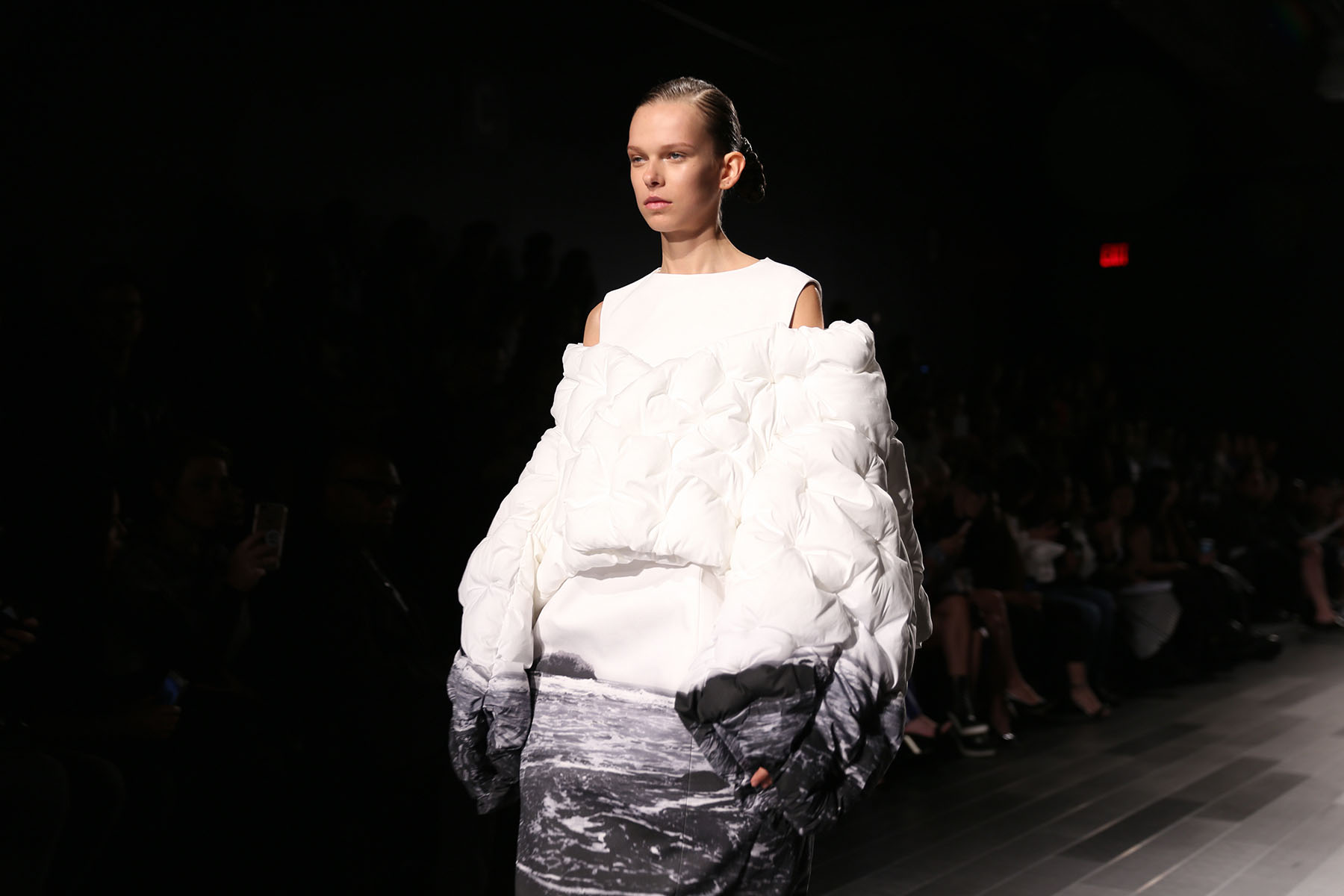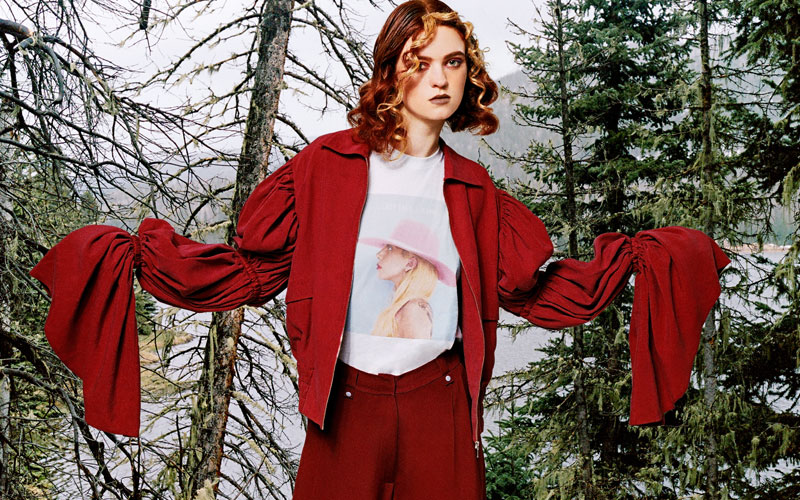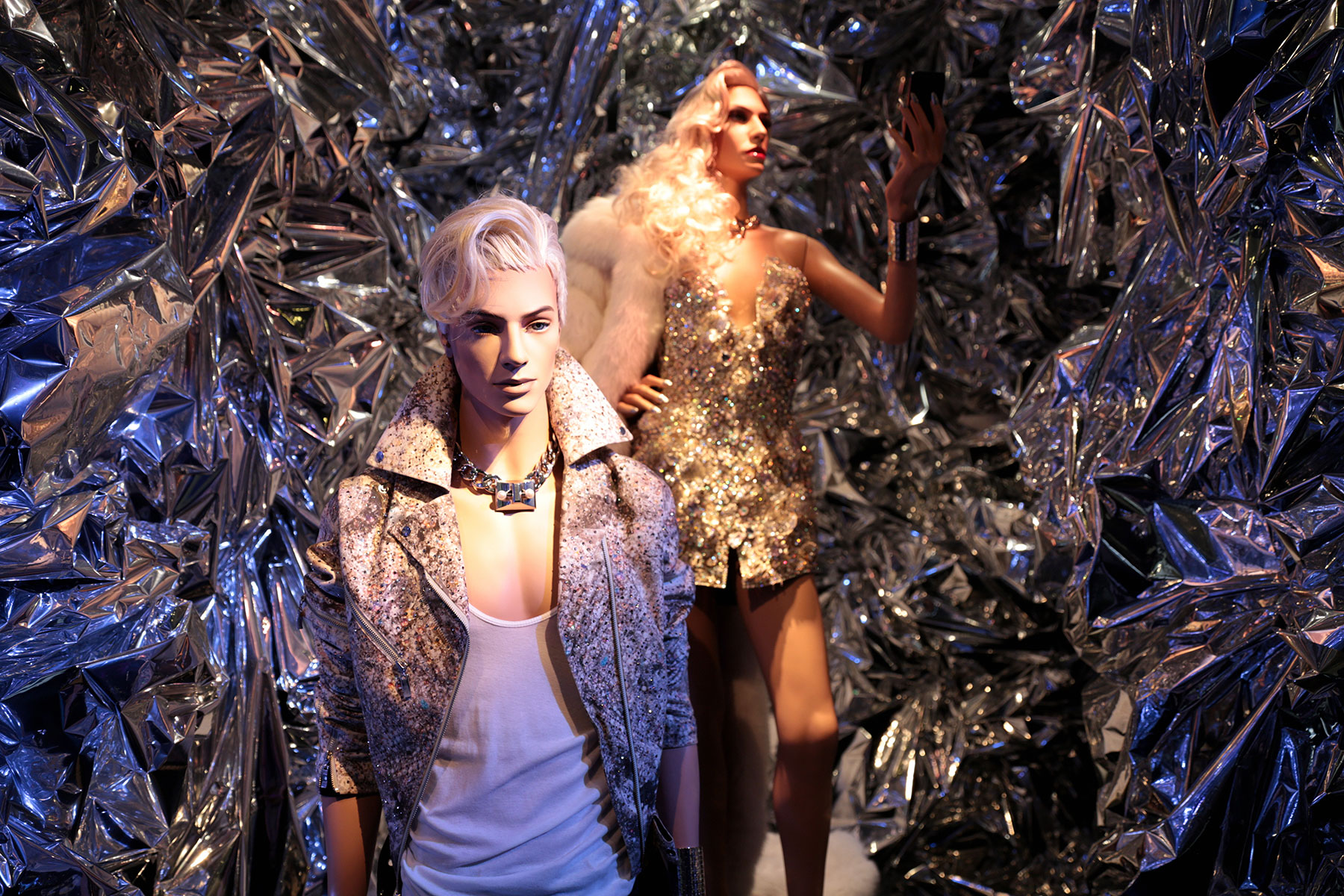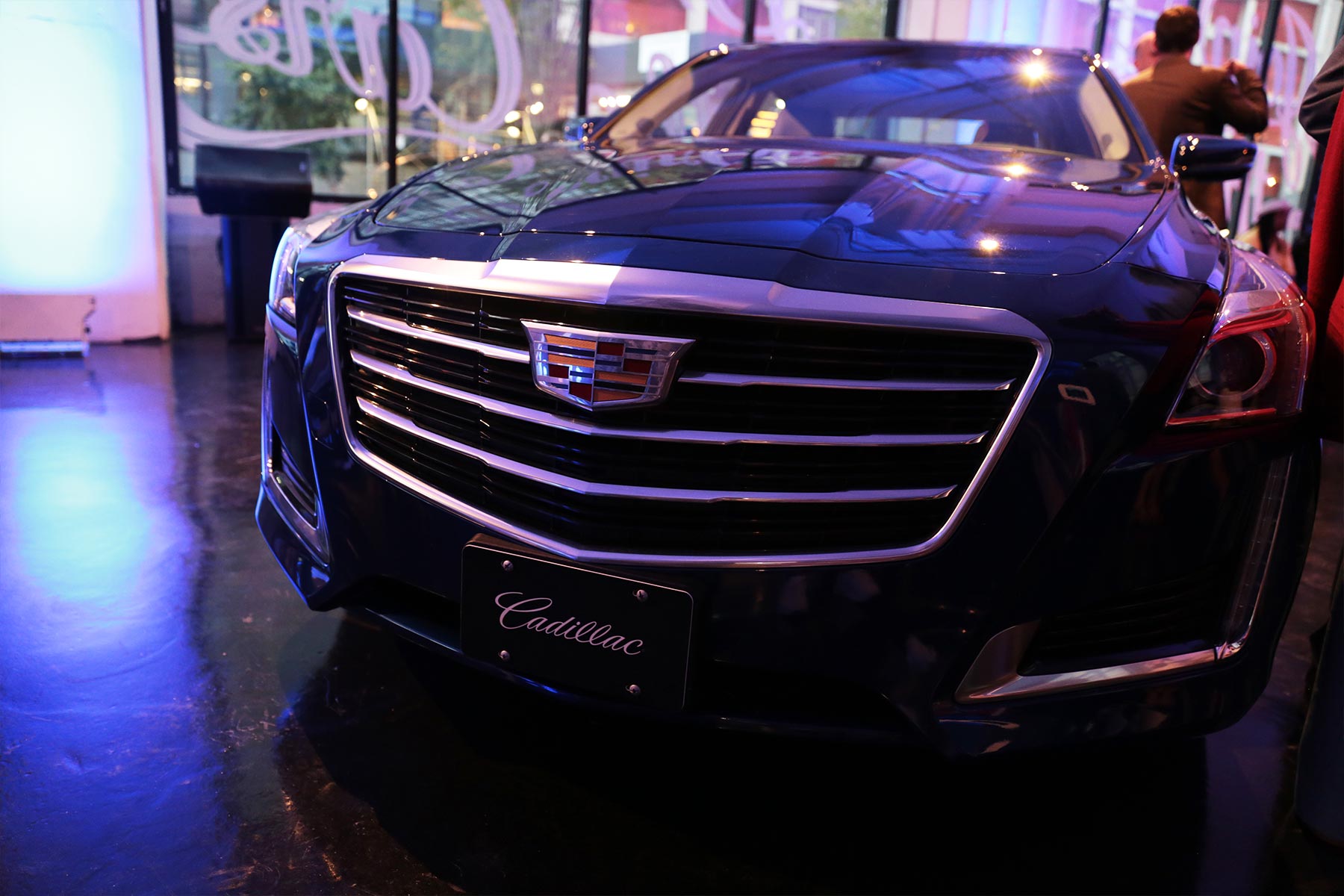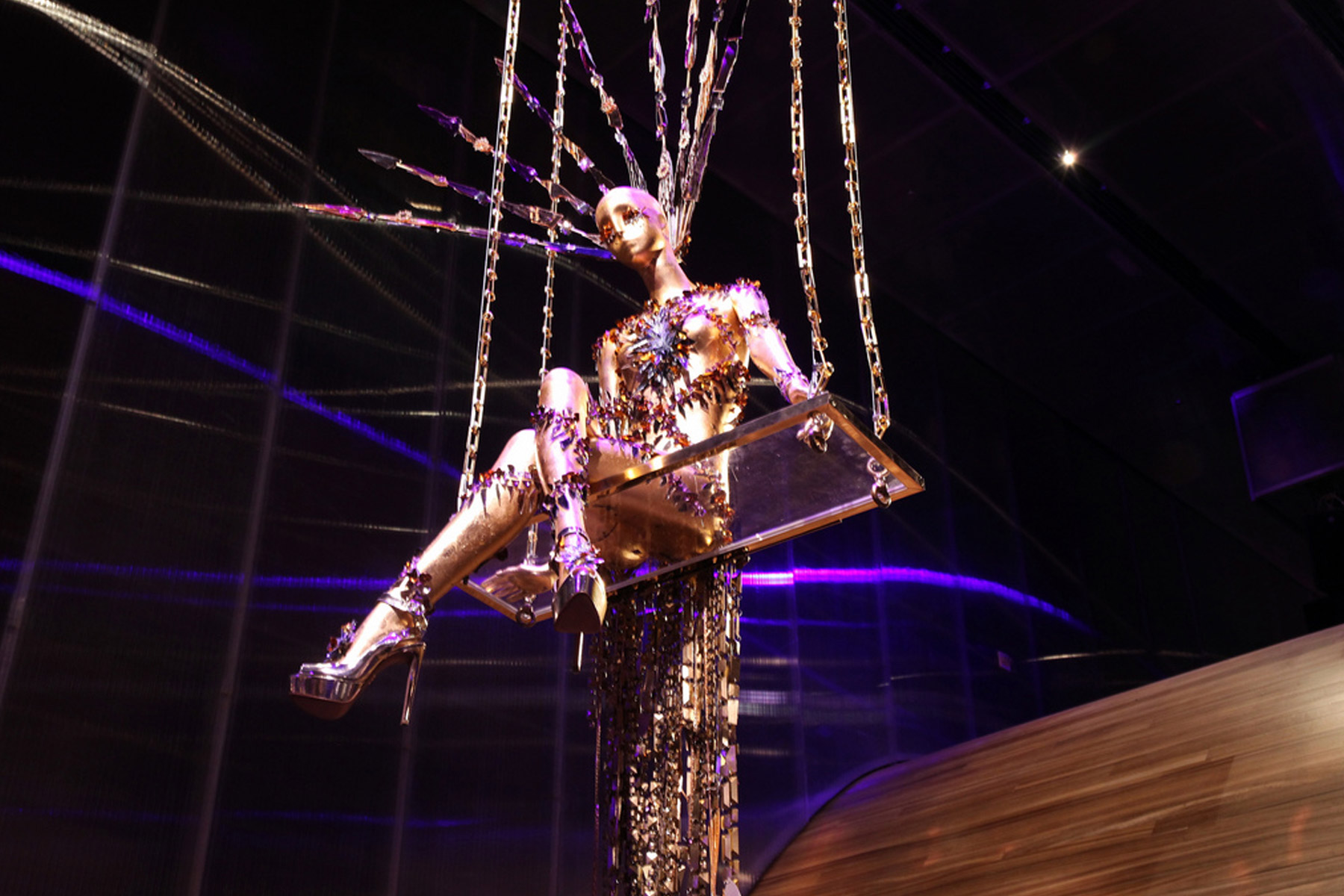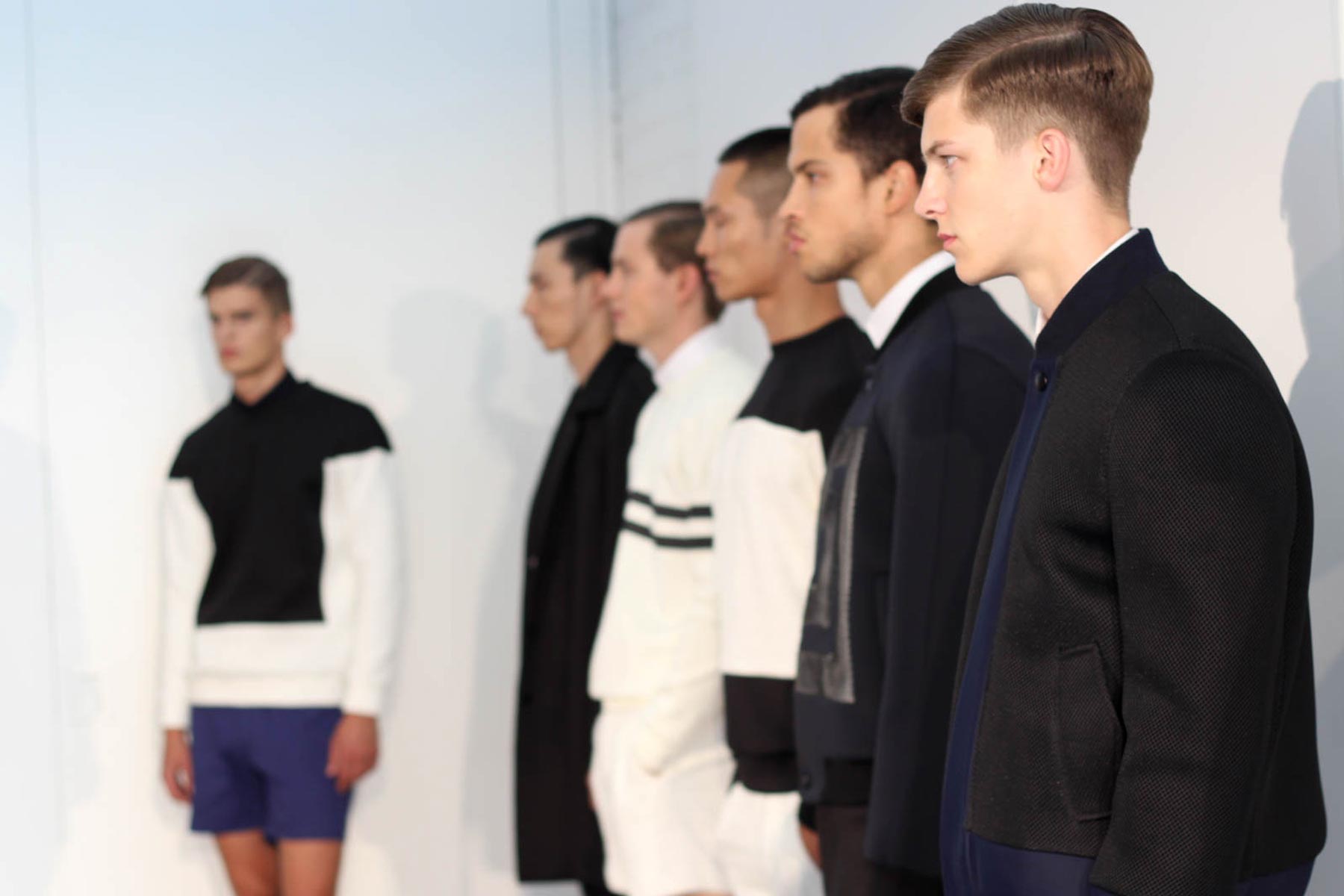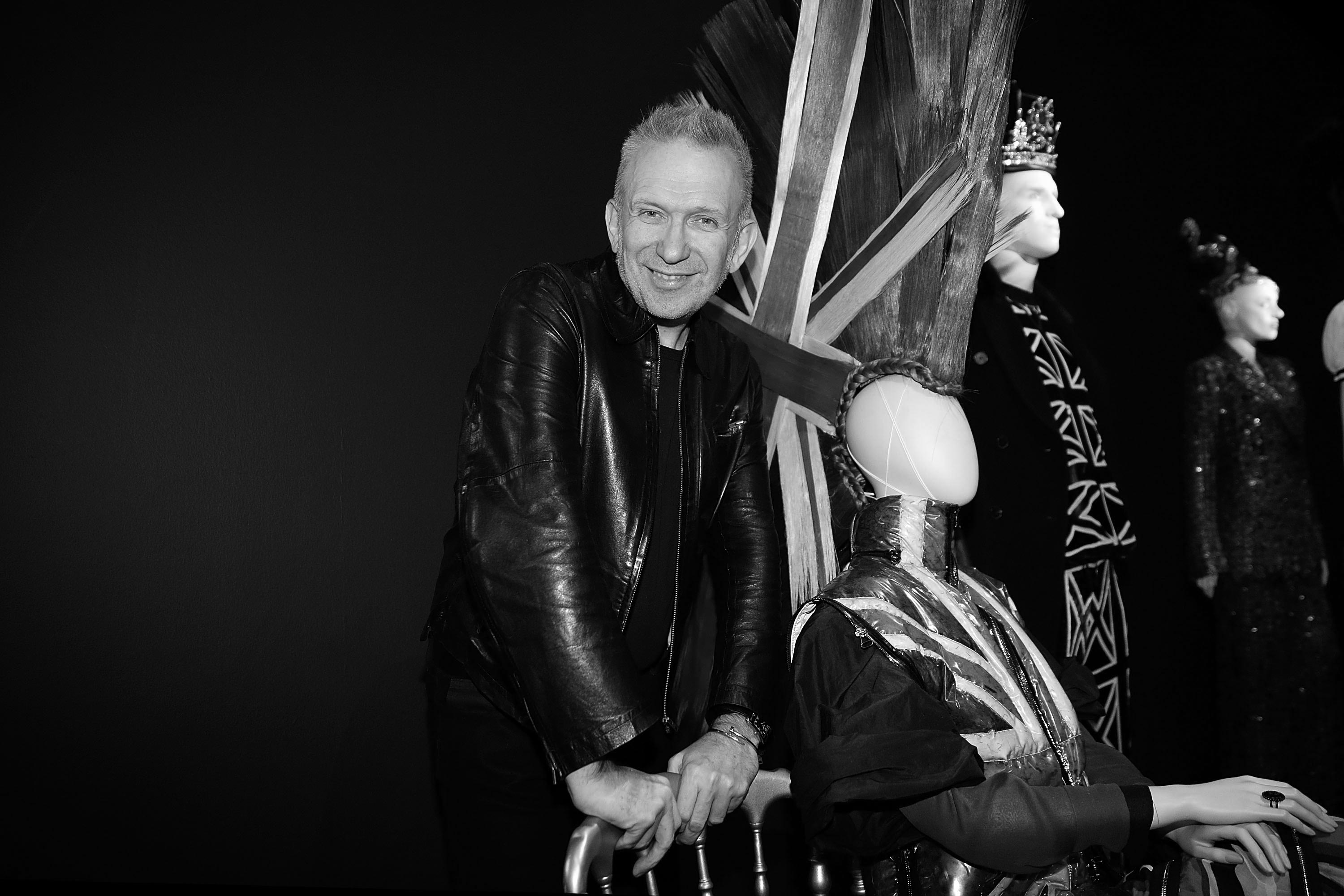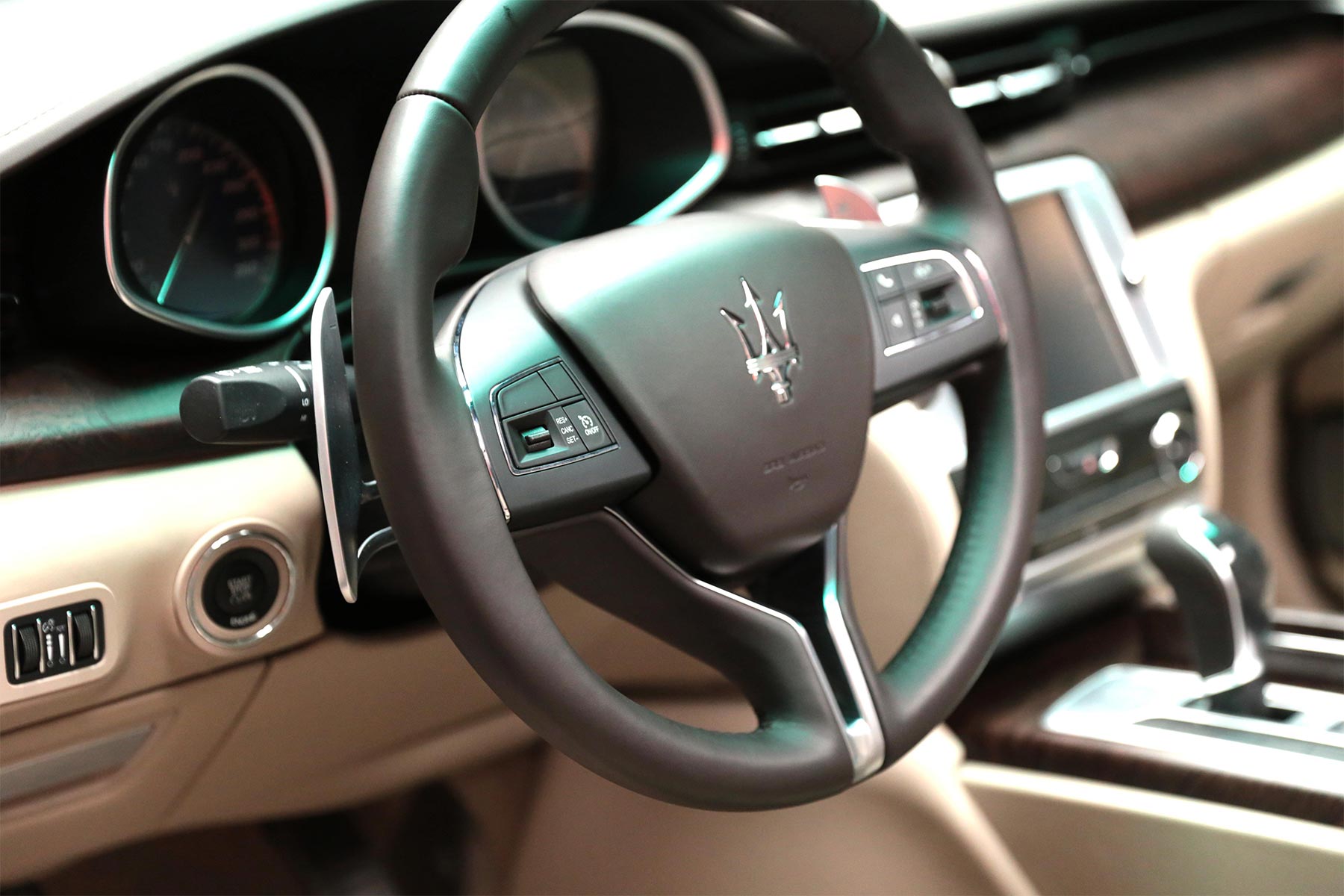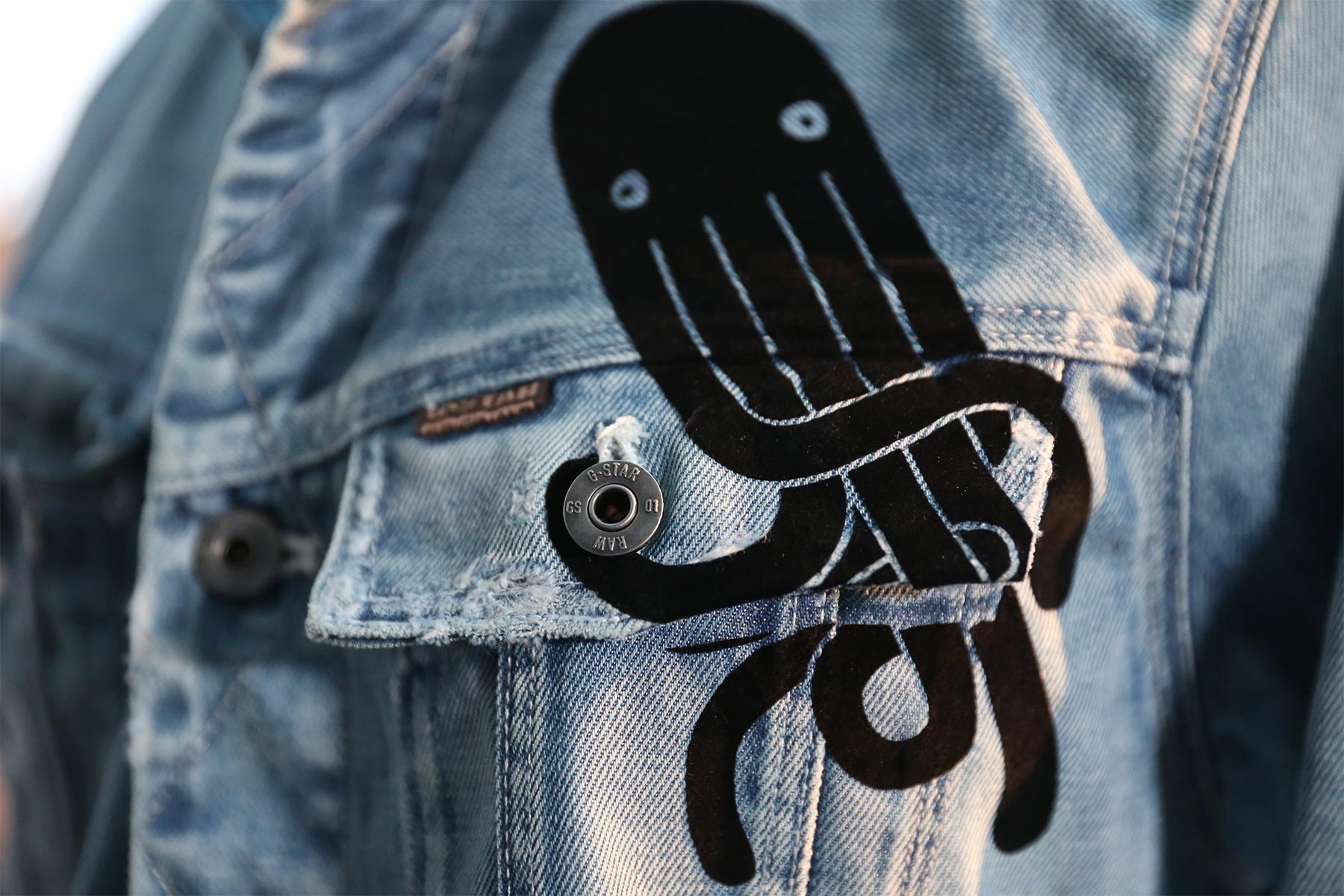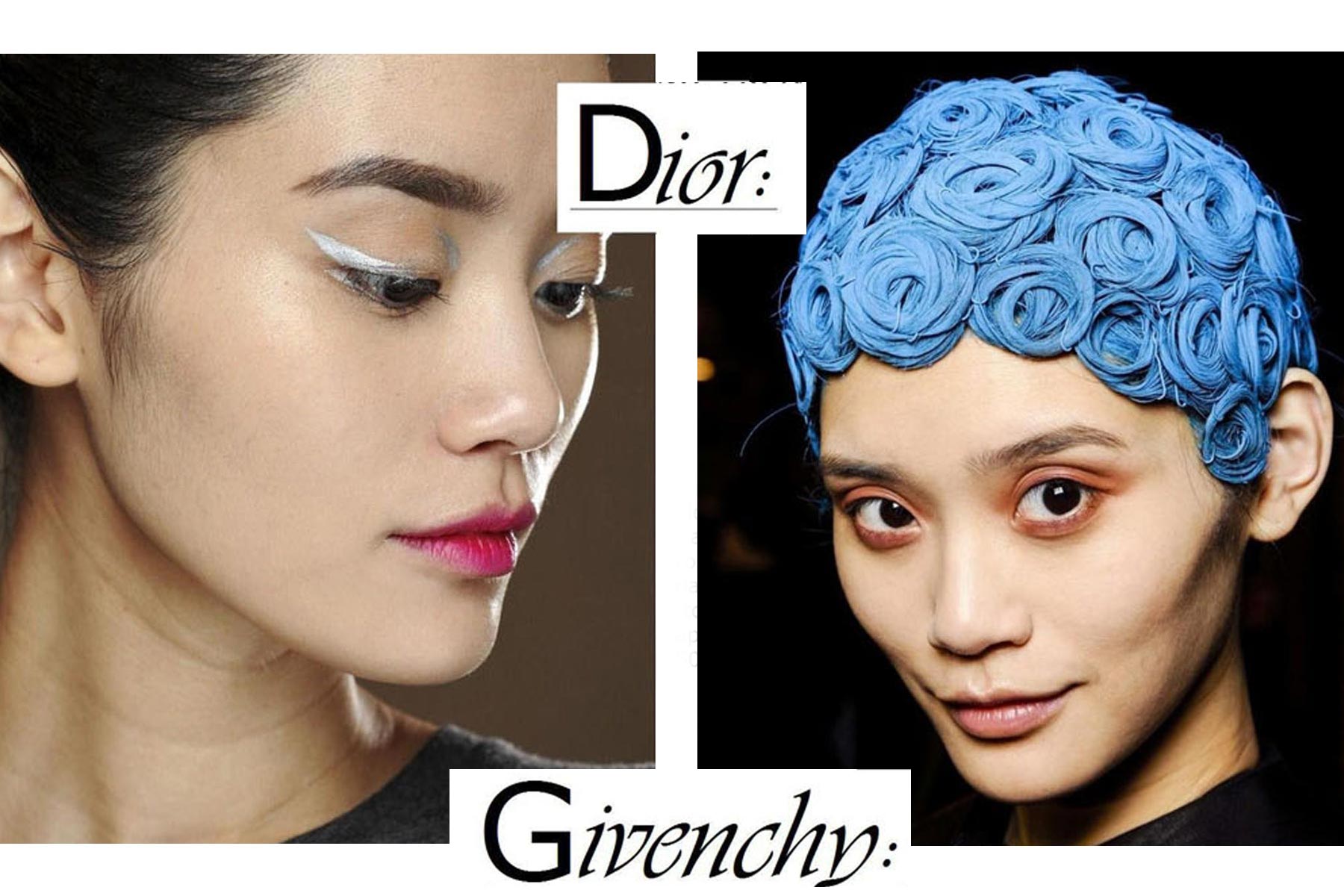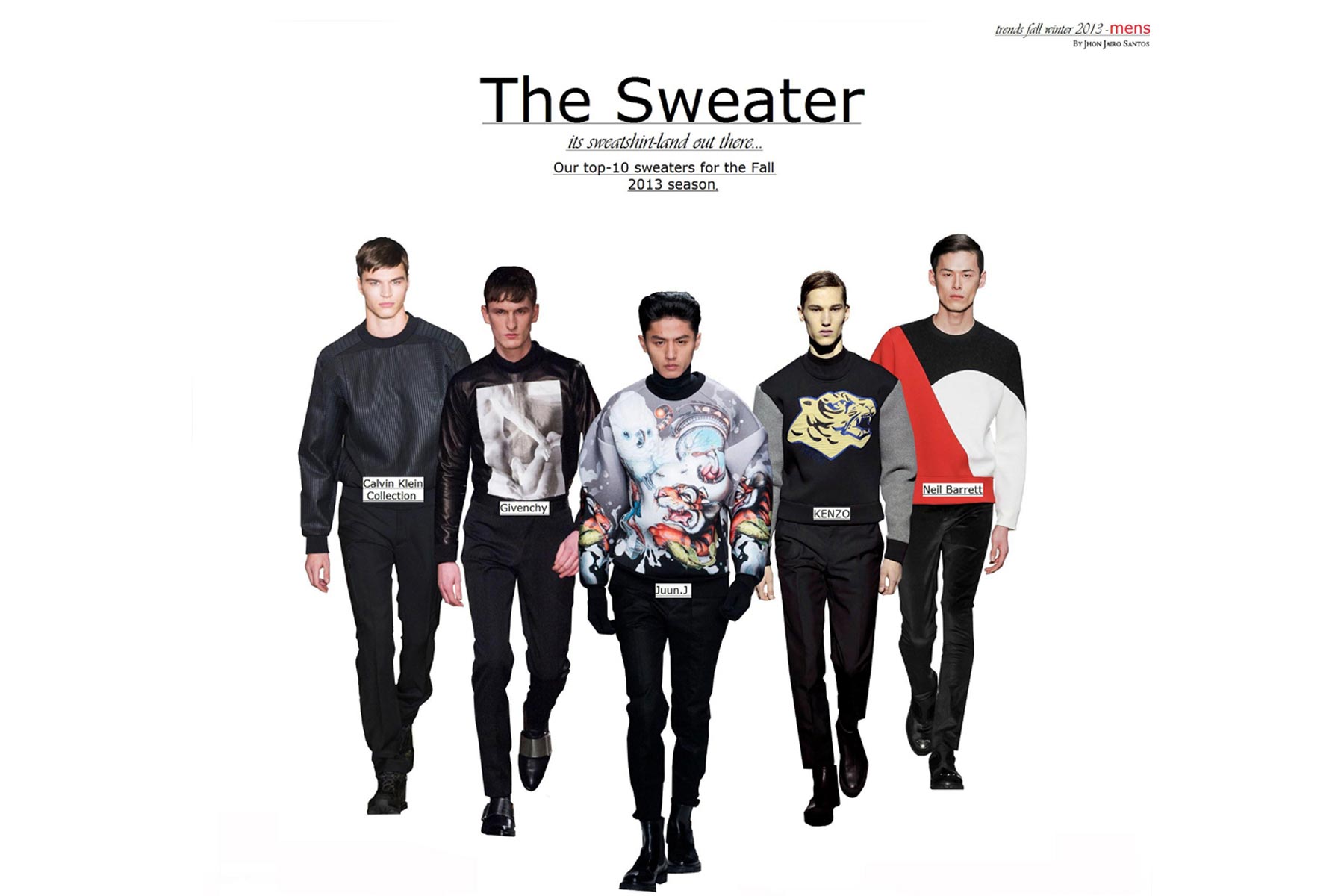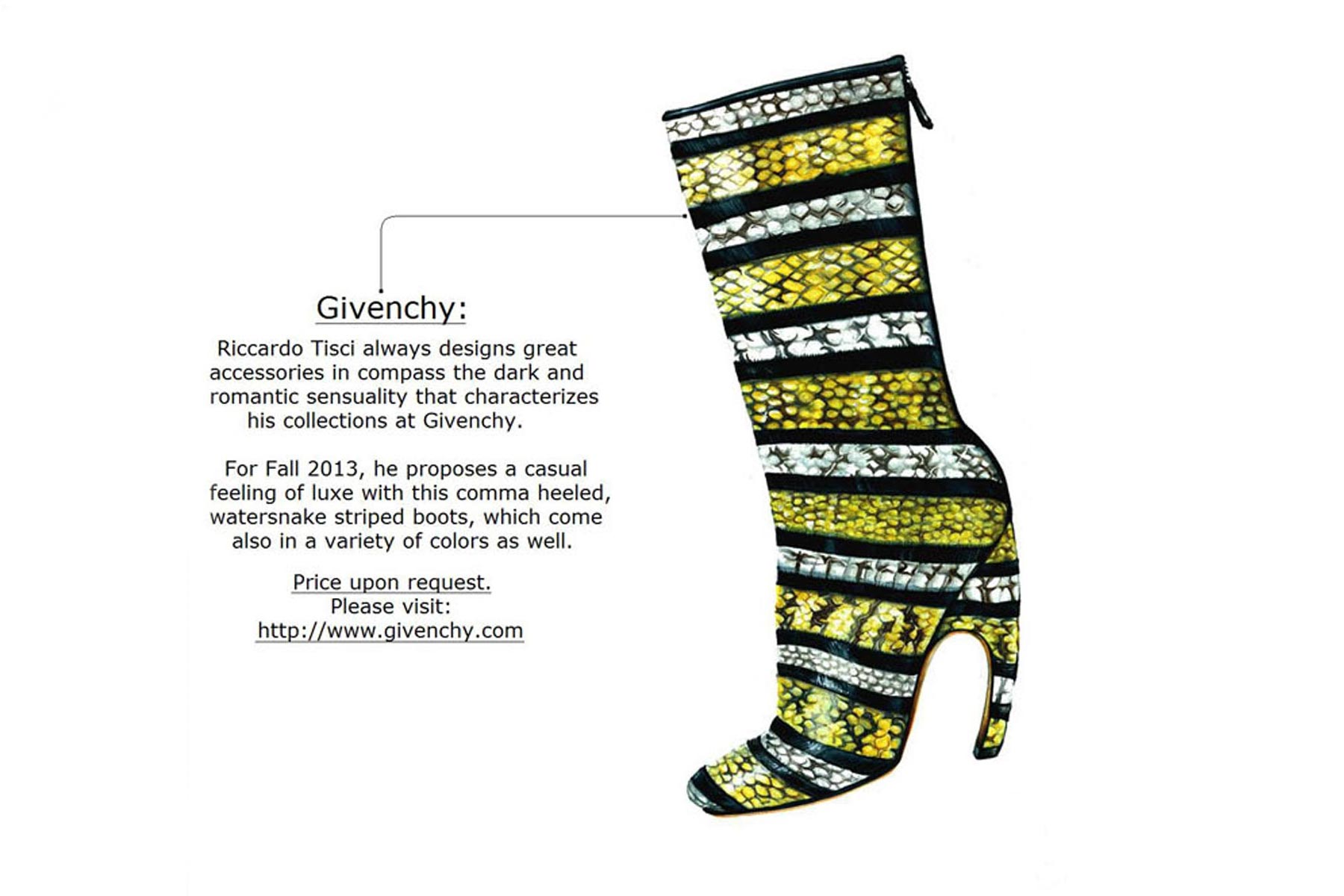Yoshikimono partners with V&A on it's new exhibition
On 29 February, the V&A will open Europe’s first major exhibition on
kimono. The ultimate symbol of Japan, the kimono is often perceived
as traditional, timeless and unchanging. Kimono: Kyoto to Catwalk will
counter this conception, presenting the garment as a dynamic and
constantly evolving icon of fashion.
The exhibition will reveal the sartorial and social significance of the
kimono from the 1660s to the present day, both in Japan and in the
rest of the world. Rare 17th and 18thcentury kimono will be displayed
for the first time in the UK, together with fashions by major designers
and iconic film and performance costumes. The kimono’s recent
reinvention on the streets of Japan will also be explored through work by an exciting new
wave of contemporary designers and stylists.
Highlights of the exhibition include a kimono created by Living National Treasure Kunihiko
Moriguchi, the dress designed for Björk by Alexander McQueen and worn on the album cover
Homogenic, and original Star Wars costumes modelled on kimono by John Mollo and Trisha
Biggar. Designs by Yves Saint Laurent, Rei Kawakubo and John Galliano will reveal the
kimono’s role as a constant source of inspiration for fashion designers. Paintings, prints, film,
dress accessories and other objects will feature throughout the exhibition, providing
additional context to the fascinating story of the style, appeal and influence of the kimono.
Over 315 works will be featured, including kimono especially made for the show, half drawn
from the V&A’s superlative collections and the rest generously lent by museums and private
collections in Britain, Europe, America and Japan.
Kimono: Kyoto to Catwalk begins in the mid-17th century when a vibrant fashion culture
emerged in Japan. The increasingly wealthy merchant classes demanded the latest styles to
express their affluence, confidence and taste, while leading actors and famous courtesans
were the trend-setters of the day. The simple structure of the kimono focussed attention on
the surface, allowing for the creation of sumptuous patterns using sophisticated techniques.
The first section of the exhibition will explore these designs and shine a light on a fashion-
conscious society not dissimilar to today’s, in which desire for the latest look was fed by a cult
of celebrity and encouraged by makers, sellers and publishers.
Kimono were first exported to Europe in the mid-17th century, where they had an immediate
impact on clothing styles. Foreign fabrics were also brought to Japan and incorporated into
kimono. Rare survivors from this early period of cultural exchange, including garments made in
Japan for the Dutch and kimono tailored from French brocade and Indian chintz, will be
displayed to reveal the fluid fashion relationship between East and West that resulted from
the global trade network.
The late 19th century saw a world-wide craze for Japanese art and design. Kimono bought from
department stores such as Liberty & Co. in London were worn by those wishing to express their
artistic flair. Japan responded by making boldly embroidered ‘kimono for foreigners’, while the
domestic market was transformed by the use of European textile technology and chemical
dyes. The kimono’s biggest impact on western fashion came in the early 20th century, when
designers such as Paul Poiret, Mariano Fortuny and Madeleine Vionnet abandoned tightly-
corseted styles in favour of loose layers of fabric that draped the body.
The final section of the exhibition will show how the kimono has continued to inspire fashion
designers around the world. The potential of the garment to be translated and transformed is
seen in designs by Thom Browne, Duro Olowu and Yohji Yamamoto. The kimono’s timeless,
universal quality has also made it the ideal costume for film and performance. The display will
include the outfit worn by ToshirÅ Mifune in SanjÅ«rÅ, Oscar-winning costumes from Memoirs
of a Geisha, and the Jean Paul Gautier ensemble worn by Madonna in her video Nothing Really
Matters. Japan itself is currently witnessing a resurgence of interest in kimono. JÅtarÅ SaitÅ
designs kimono couture for the catwalk, Hiroko Takahashi seeks to bridge the divide between
art and fashion, and more casual styles are created by small, independent studios such as Rumi
Rock and Modern Antenna.
Anna Jackson, curator of Kimono: Kyoto to Catwalk at the V&A, said: ‘From the sophisticated
culture of 17th
-century Kyoto to the creativity of the contemporary catwalk, the kimono is
unique in its aesthetic importance and cultural impact giving it a fascinating place within the
story of fashion.’
- ENDS -
Notes to Editors
• The exhibition Kimono: Kyoto to Catwalk runs from 29 February – 21 June 2020. Tickets £16
• The exhibition has been curated for the V&A by Anna Jackson and Josephine Rout. It will be
accompanied by a major new V&A publication.
• The exhibition is the latest in the V&A’s series of revelatory fashion exhibitions and follows
Mary Quant (2018-2019), Christian Dior: Designer of Dreams (2018), Balenciaga: Shaping
Fashion (2016 – 17), Undressed: A Brief History of Underwear (2016 – 2017), Shoes: Pleasure
and Pain (2015 – 2016), Alexander McQueen: Savage Beauty (2015) and Club to Catwalk:
London Fashion in the 1980s (2013 – 2014)
• The V&A has been collecting Japanese art and design since it was founded in 1852 and now
holds one of the world’s most significant collections, including important holdings of
Japanese textiles and dress.
